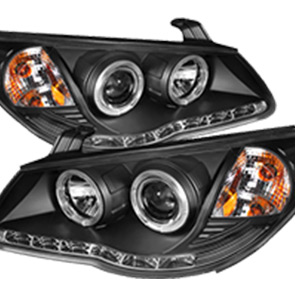Exploring the Functionality and Design of Gear Stick Cables in Modern Vehicles
Understanding Gear Stick Cables The Unsung Heroes of Automobiles
When we think of the components that make our vehicles function seamlessly, we often focus on the engine, transmission, and wheels. However, one of the unsung heroes that plays a crucial role in enabling effective gear changes is the gear stick cable. This simple yet essential component acts as a bridge between the gear stick and the transmission system, facilitating the driver’s command over vehicle movement.
What Are Gear Stick Cables?
Gear stick cables, often referred to as shift cables, are part of the transmission system in both manual and automatic vehicles. These cables connect the gear lever in the driver’s cabin to the transmission, enabling the driver to change gears smoothly. In manual vehicles, these cables directly affect the gear shift mechanism, while in automatic vehicles, they relay signals that manage the shifting process.
The Functionality of Gear Stick Cables
The primary function of gear stick cables is to transfer the driver's input from the gear lever to the transmission system. When a driver selects a gear, the gear stick moves the cable, which then pulls or pushes components in the transmission to change gears. This action is critical as it allows the vehicle to accelerate, decelerate, and efficiently navigate different terrains. The effectiveness of this system depends largely on the quality and condition of the gear stick cables.
Components and Design
Typically made from durable materials such as steel and plastic, gear stick cables are designed to withstand the rigors of regular use
. They are engineered to be flexible yet strong enough to handle the tension during gear shifts. The cables run through protective housings which help in preventing fraying and damage caused by environmental factors such as moisture, heat, and dust.gear stick cable

Modern advancements in automotive technology have led to the design of more sophisticated gear stick cables that offer smoother shifts and enhanced durability. Some manufacturers have introduced cables with adjustable tensions and enhanced lengths to improve functionality in various vehicle models.
Signs of Wear and Tear
Like all components in a vehicle, gear stick cables are susceptible to wear and tear over time. Common signs that indicate it might be time for a replacement include difficulty in shifting gears, unusual noises during gear changes, or a loose gear stick. Addressing these issues early can prevent more significant problems in the transmission system, which can be costly to repair.
Maintenance and Replacement
Regular maintenance of gear stick cables is essential for optimal vehicle performance. This includes periodic inspections for signs of wear, ensuring that the cables are adequately lubricated, and checking for any kinks or damage to the protective housing. If replacement is necessary, it's crucial to choose high-quality cables that are compatible with the specific make and model of the vehicle.
Conclusion
In conclusion, while gear stick cables may not be as glamorous or well-known as other vehicle components, their role in ensuring smooth and reliable gear shifts cannot be overlooked. Understanding their functionality, recognizing the signs of wear, and maintaining them properly can significantly enhance the driving experience. The next time you shift gears in your vehicle, take a moment to appreciate the mechanics behind it, and remember the gear stick cable—the unsung hero of everyday driving.
-
Upgrade Your Control with Premium Throttle CablesNewsAug.08,2025
-
Stay in Control with Premium Hand Brake CablesNewsAug.08,2025
-
Experience Unmatched Performance with Our Clutch HosesNewsAug.08,2025
-
Ensure Safety and Reliability with Premium Handbrake CablesNewsAug.08,2025
-
Enhance Your Vehicle with High-Performance Clutch LinesNewsAug.08,2025
-
Elevate Your Ride with Premium Gear CablesNewsAug.08,2025
